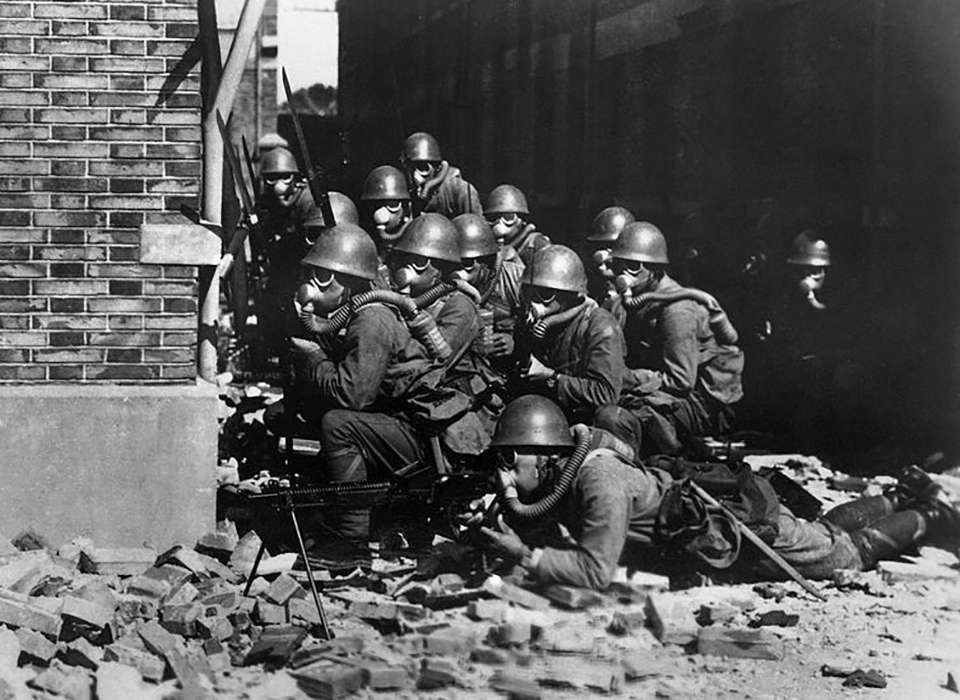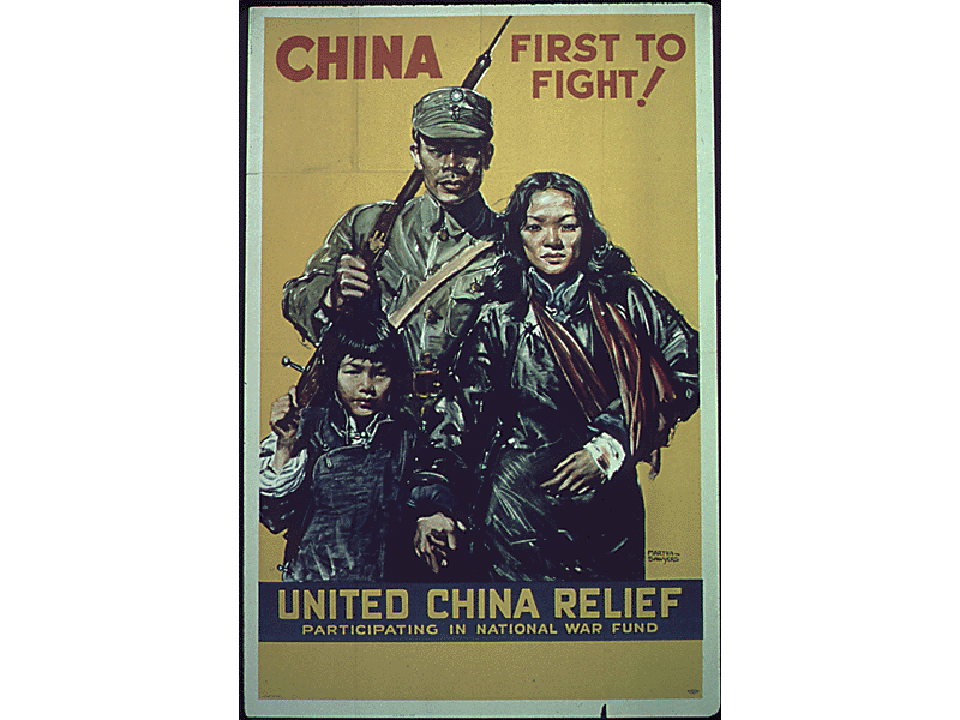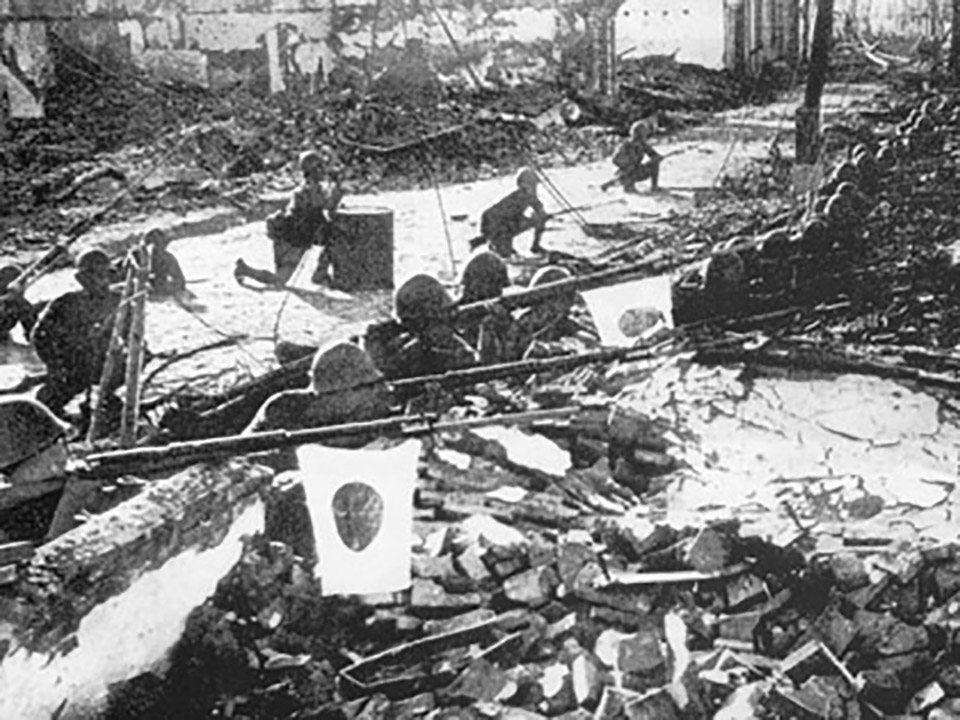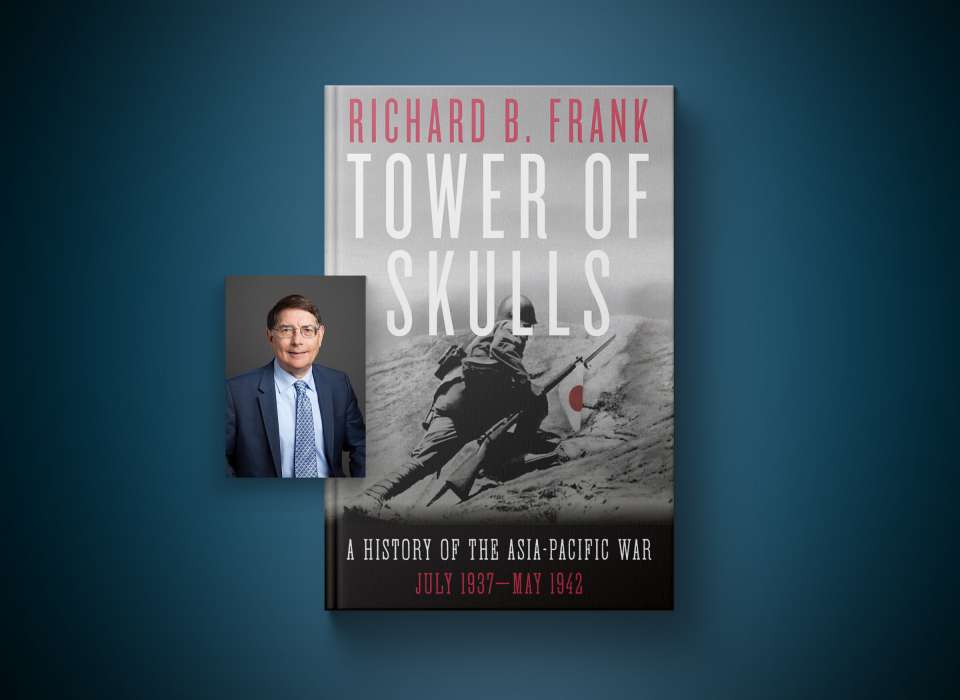Top Image: Japanese Special Naval Landing Forces during the invasion of China, 1937. Courtesy Ministry of the Navy.
While most Americans have at least some general awareness of the huge loss of life during the war that ended the unspeakable evil of Nazi Germany, few have any grasp of the enormous loss of life in the Asia Pacific War caused by Japan.
The Asia Pacific War commenced in July 1937 when China began sustained resistance to Japanese aggression, and ended in August 1945. It was a war of immense scale. At the zenith of Japan’s imperial reach, about 516 million people lay within her control, more than 20 percent of the population of the globe. At the zenith of Hitler’s empire there were about 360 million people under his heel, about 14 percent of the population of the globe.
More than midway through the Asia Pacific War, Japan attacked the United States and her allies in December 1941. We have called that part of the conflict The Pacific War, but it really was only a subpart of the Asia Pacific War. One factor defines the vast difference between the Asia Pacific War and the Pacific War: the toll of dead.
A conservative accounting shows 25 million people died in the Asia Pacific War. About six million were combatants, mostly Chinese and Japanese. That leaves 19 million noncombatant deaths. Japanese noncombatant deaths may have reached at the upper limit of one to 1.2 million. This math tells us that for every Japanese noncombatant who perished, some 17 or 18 other noncombatants died—about 12 of them were Chinese. By the summer of 1945, most of these 17 or 18 million noncombatants were already dead. Excluding Japanese, every single day the war continued between 8,000 and perhaps 14,000 noncombatants were dying.
By contrast, the Pacific War, the struggle between the United States and Japan across the Pacific, produced about two to 2.5 million deaths at most, or eight to 10 percent of the deaths in the Asia Pacific War. And the Pacific War framework perversely excludes from the death toll almost all the noncombatants who were not Japanese, making it seem like the great majority of noncombatant deaths were Japanese.
With these numbers in mind, by summer 1945 the Asia Pacific War ranked high on any scroll of history’s greatest human tragedies. The tragedy increased each day, and by far the greatest impact of that tragedy was borne by people who were not Japanese.
But it was Japan that held the ultimate power to end the war. This required both a decision by a legitimate authority that Japan must capitulate, and then compliance of Japan’s armed forces with the decision. Anyone who understands the nature and history of Imperial Japan recognizes that both these steps were essential to end the fighting. Further, prospects appeared bleak that both steps could be achieved: not only to American leaders, but also to Japanese leaders, including the Emperor Hirohito himself.
This sense of contingency is what made the end of the war seem a miraculous deliverance. Much of the literature about the end of the war starts by ignoring any contingency, and assuming that any other way to end the war would have been preferable. This systematically hides the true costs of alternatives.
Is the impact of Soviet intervention ever honestly presented as costing a far higher toll of Japanese deaths (400,000 to 500,000) than even the highest realistic figures of Hiroshima and Nagasaki (around 210,000)?
Is the alternative to atomic weapons of a US blockade of Japan ever honestly presented as a strategy aimed at starving to death millions of Japanese, overwhelmingly noncombatants?
Is the alternative of invasion honestly presented with the stunning story of how radio intelligence revealed to American leaders the stupendous Japanese build up to meet it on Kyushu—a horrifying revelation that confirmed the planned invasion would be a bloodbath?
And this list can go on, showing the real costs of alternatives that are consistently omitted to create the illusion that only the lives of select Japanese in two cities were in the balance.
Finally, is there any allowance given to how many contingent moments arose between the emperor’s decision to end the war, and the ultimate compliance with that decision by the government and Japan’s armed forces? These alternative narratives blithely presume some factor can be changed and their favored end remains certain to follow.
Once I watched a Chinese scholar observe two Americans present a typical account of the end of the Asia Pacific War, focusing most critically of all on the use of atomic weapons. The scholar was baffled if not infuriated at how their narrative totally ignored the mass death of Chinese and other peoples from Japan’s war. That was when I grasped how morally unserious narratives of these events are, that do not count all the dead and treat them as sharing a common humanity.
Meet the Author
Richard B. Frank is an internationally renowned expert on the Pacific war. After graduating from the University of Missouri, he was commissioned in the US Army, in which he served for nearly four years, including a tour of duty in the Republic of Vietnam as an aero rifle platoon leader with the 101st Airborne Division.
Frank completed studies at Georgetown University Law Center in Washington, DC. Soon afterwards he began research on his first book, Guadalcanal: The Definitive Account of the Landmark Battle, which was published in 1990 and won the US Marine Corps’ General Wallace M. Greene Award.
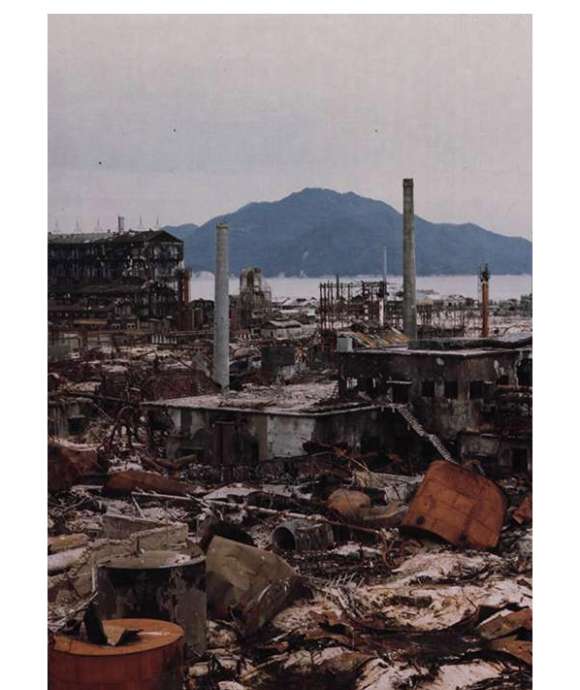
"To Bear the Unbearable": Japan's Surrender, Part II
Although a decision to continue the war would mean national suicide, members of the Japanese military came close to refusing Emperor Hirohito’s surrender order.
Cite this article:
MLA Citation:
APA Citation:
Chicago Style Citation:
